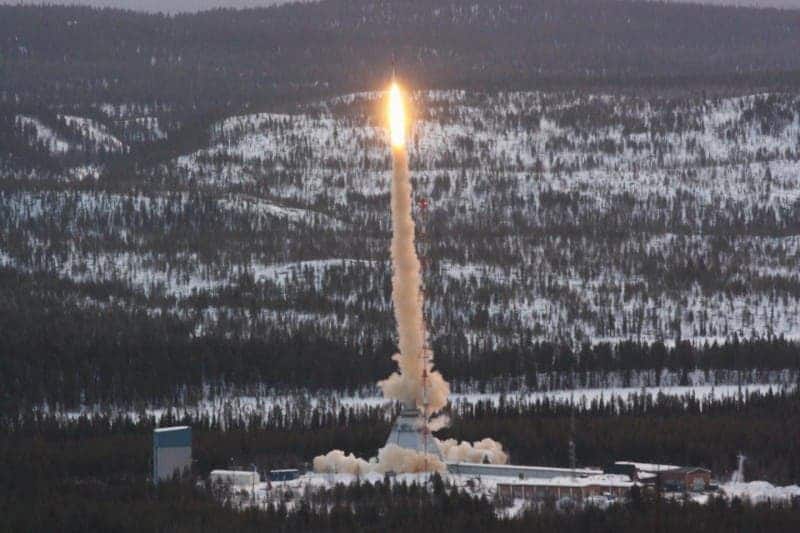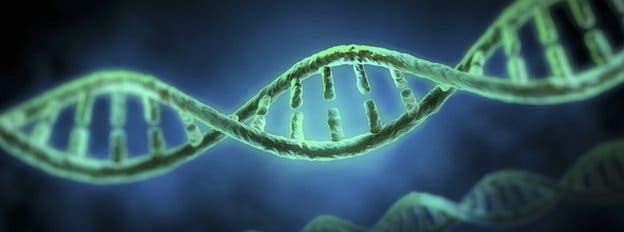An experiment fortuitously called DARE (DNA atmospheric re-entry experiment) has come to a most unexpected conclusion: DNA can indeed survive full exposure to space flight and atmospheric re-entry. The findings were reported after DNA molecules placed onto the outer surface of a rocket were collected and analyzed upon its return. Moreover, even after bearing these extreme conditions, the DNA was still able to pass its genetic information. In the context of both the origin of life on Earth and our search for other alien life in our solar system and beyond, the findings bear an important significance. It means that the genetic code for life could have arrived on Earth from a meteorite. It also means that if we find DNA on Mars, for instance, then it would be more likely that it’s a contamination, brought from Earth, than a genuine Martian DNA.
Hardy DNA
Initially, University of Zurich researchers Dr. Cora Thiel and Professor Oliver Ullrich had a different missions statement in mind for the EXUS-49 research rocket. They wanted to know how gravity interferes with gene expression in human cells. They would study the cells using remote-controlled hardware inside the rocket’s payload. Soon enough, an interesting thought crept: why not place biosignatures on the payload’s surface to see how stable they are in space and on re-entry. Biosignatures are molecules that can prove the existence of past or present extraterrestrial life.
[ALSO SEE] DNA sequencer for Mars alien life
Before EXUS-49 launched, the team applied numerous small, double-stranded DNA molecules to the payload’s outer shell. After returning to Earth, many of the so-called plasmid DNA molecules were still intact following space flight and atmospheric re-entry, where brutal forces and temperatures can be felt. The researchers were taken aback in surprise:
“We were completely surprised to find so much intact and functionally active DNA.”

The rocket TEXUS-49 launching off the Esrange Space Center in Kiruna, North Sweden. Photo: Adrian Mettauer
Following retrieval, it was also found that not only did the molecules survive, but that the DNA was also able to transfer genetic information to bacterial and connective tissue cells. It’s now clear that DNA can remain stable even when faced with extreme conditions, though it would have been more revealing if the experiment had lasted more than a couple of days.
It’s yet unclear if alien DNA travelling for billions of miles, piggybacking a comet or meteorite would be able to survive an impact with Earth, but in light in this evidence chances aren’t that far off. It makes the hypothesis of life on Earth having originated from a seed dispersed by some alien world plausible. Each day, some 100 tons of dust and meteorites hit Earth’s atmosphere, but a couple billion years ago our planet wasn’t as well shielded. The more practical implication of the study’s findings, however, is that DNA can very well survive planetary entry and exit. This means that a mission to Mars where payload is deployed on the surface – like the Curiosity rover – runs a big risk of contaminating with DNA.
“The results show that it is by no means unlikely that, despite all the safety precautions, space ships could also carry terrestrial DNA to their landing site. We need to have this under control in the search for extraterrestrial life,” points out Ullrich.
Findings appeared in the journal PLoS One.










